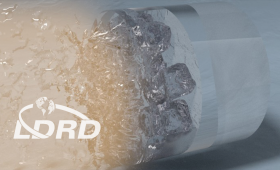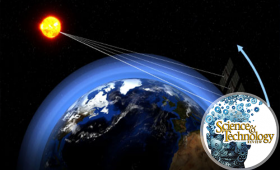Livermore scientists used giant lasers to flash-freeze water into its exotic superionic phase and record X-ray diffraction patterns to identify its atomic structure for the very first time
Science and Technology Highlights
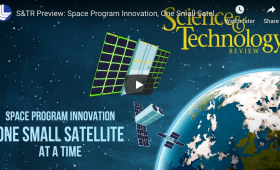
Small satellites that are easier and less expensive to build and more cost efficient to launch than conventional ones.
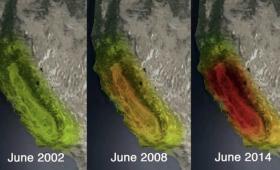
Greenhouse gas emissions in the first half of the century significantly affected temperature and rainfall and caused large hydrological shifts over land.
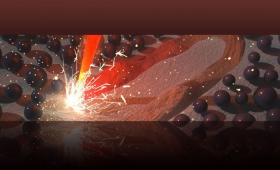
Researchers have discovered a solution to a major type of defect in metal 3D-printed parts.
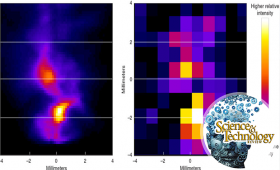
The Wolter x-ray microscope, the optic significantly improves image resolution and throughput compared to conventional x-ray imaging systems.
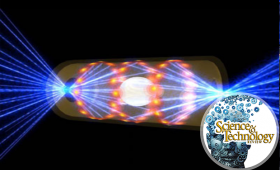
Scientists at the National Ignition Facility successively produced record numbers of fusion neutrons.
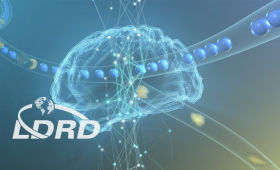
Livermore scientists have discovered they can use machine learning to automate microencapsulation quality control in real-time
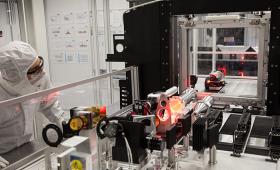
NIF’s laser optics damage mitigation program is one example of how the private sector is benefiting from Livermore’s Advanced Manufacturing Laboratory.
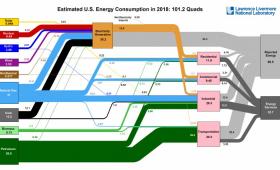
Americans used more energy in 2018 than in any other year, according to the most recent energy flow charts released by Livermore.


